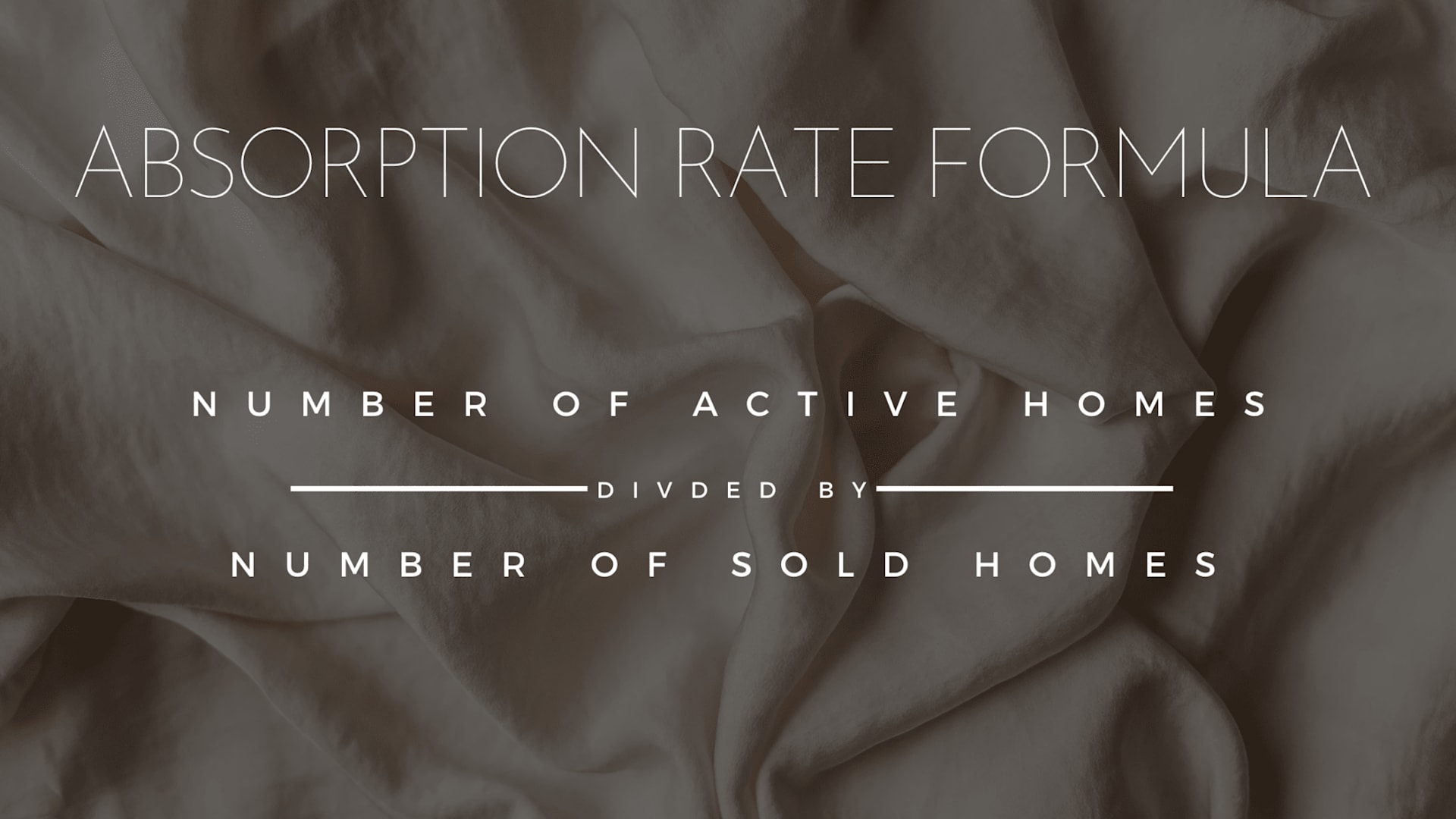
If you’re in the market for a new home, then you’ve probably come across a “market update” post on social media that shows the current state of the real estate market in your area. These posts break down how many sales have occurred, the average sales price, and average days on market. This information is important for anyone who wants to make sure that they’re buying at the right time and in the right place.
It’s easy to get caught up in all of the numbers and figures, but as a real estate agent, I know that there’s more to it than just that—there are also some key things to look for when reading a market update post.
It’s all about supply and demand. It explains how prices are determined and can predict future market trends.
The basic concept of supply and demand is this: when the supply of something increases, the price decreases because there’s more to go around. When the demand for something decreases, the price increases because there’s less to go around.
Let’s look at how this works in real estate:
Supply: The number of homes available for sale at any given time.
Demand: The number of people who want to buy a house at any given time.
When supply goes up (more houses are listed on the market) and demand stays steady or drops (fewer buyers), prices will drop because there’s more inventory than buyers can absorb at current prices.
Absorption Rate
The main purpose for the “market update” post is to provide the buyers and sellers with all the information necessary to calculate the absorption rate.
Absorption rate is a number that shows you how quickly homes are selling in your area. The most effective way in my opinion to calculate absorption is on a monthly basis. It’s calculated by dividing the number of homes sold in a month by the total inventory available at that time.
Calculate it monthly by only looking at properties that have sold within that month. This will give you a more accurate look at how sales are going at any given time because it excludes properties that have been on the market for too long.
If you have a 2% absorption rate, it means that your inventory sells out in two months.
If you have a 6% absorption rate, it means that your inventory sells out in six months.
After calculating your absorption rate here is how to determine which market we’re in.
Seller’s Market
In a seller’s market, when demand outweighs supply and home prices are rising quickly, we see a low absorption rate because there aren’t enough listings available to meet demand. In this scenario, sellers have more control over their homes’ selling prices because there aren’t enough homes on the market for buyers to choose from.
Balanced Market
In a balanced market absorption rate should reflect anywhere from 3-6 months worth on inventory. In a balanced market home prices are steady
Buyer’s Market
In a buyer’s market, the absorption rate should reflect 6+ months worth of inventory. In a buyer’s market home prices begin to decrease as well as competition eases due to more homes on the market for less buyers.
Hopefully, you found this information helpful as you consider which market we’re in. Check out my
Instagram for more up to date market updates in your area, and if your area isn’t mentioned always feel free to reach out to me for more information, I’d love to help!












